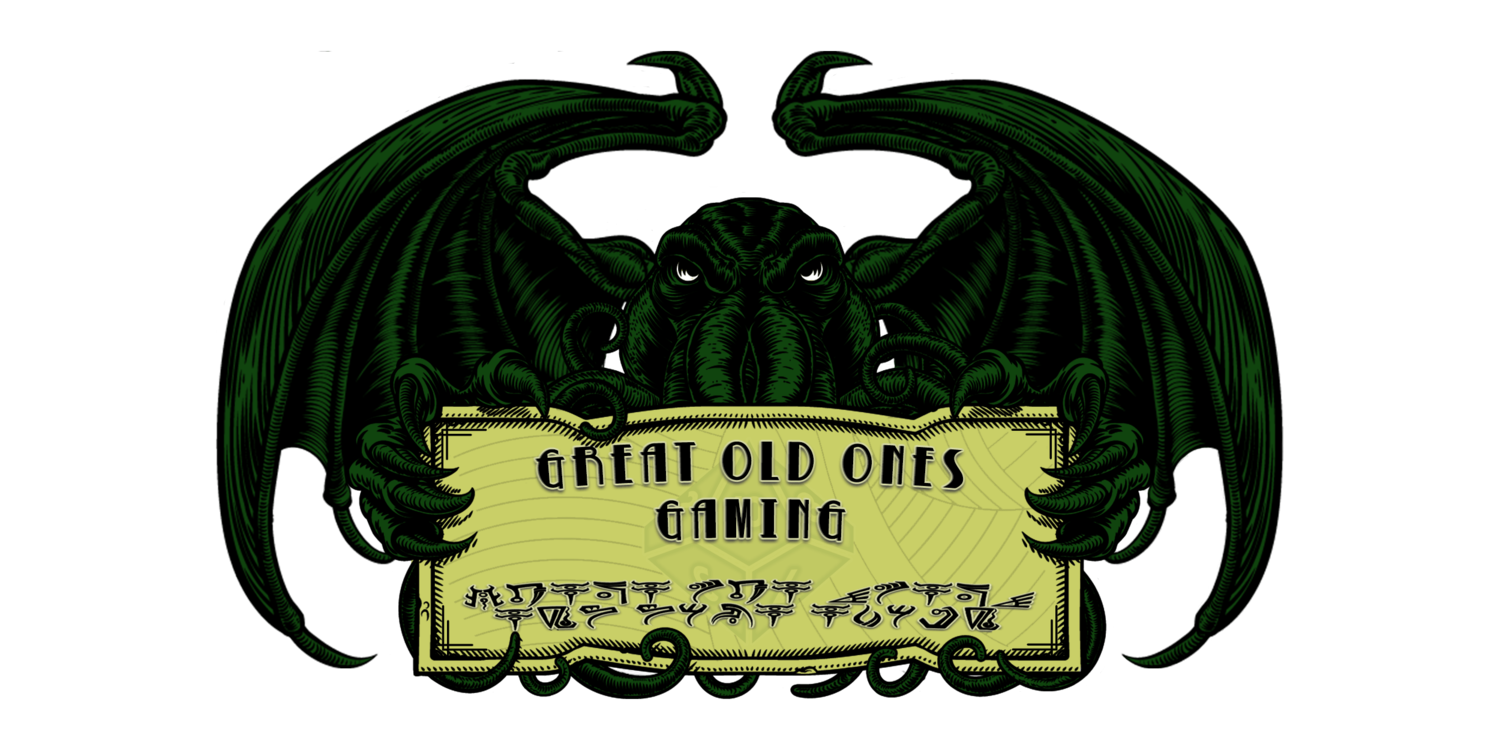H. P. Lovecraft’s The Call of Cthulhu [2000]
H. P. Lovecraft’s The Call of Cthulhu (2000)
by H. P. Lovecraft, Roy Thomas, art by Esteban Maroto, and cover by Frank Brunner
Cross Plains Comics
64 pages
Taking the original text from three of Lovecraft’s most influential stories, the creative team set out to create a graphic novel version of the Cthulhu mythos in “H. P. Lovecraft’s The Call of Cthulhu”. Master artist Esteban Maroto [Red Sonja/Conan, Vampirella]) really puts his heart into creating the most visually stunning, serious interpretation of Lovecraft’s work, rendering realistic people and settings that read like a moody film or photojournal. The art is in true black-and white, not color, so it’s like an inked comic book that hasn’t yet been passed to a colorist; but I feel that this works well in this instance.
The story itself, similar to “The King in Yellow”, is actually presented in a compilation of three separate stories that are loosely related, and tied together by vague elements. Not that there’s anything wrong with it, but anyone not immediately familiar with Lovecraft’s work may be confused as to how these stories are related. In question are “The Nameless City”, “The Festival”, and “The Call of Cthulhu” - all of which are considered to be part of the Cthulhu masterwork, but which are really not related in any significant way; they were all written to stand alone.
In this collection, the stories are arranged in a way that kind of makes sense, but as a reader I feel that more should have been added to try and tie these stories together a bit more, even if it’s with slight subtleties as in I.N.J. Culbard’s version of the King in Yellow. A prologue or foreword that explains the mythos and how the stories tie in together may have added invaluable insight for a novice in the mythos; or adding dialogue like Jason Thompson did in his rendition of “The Dream-Quest of Unknown Kadath” could have helped add flavor or details to tie everything together.
The main complaint I have about this collection is that the text and artwork are often lost into the spine of the book. There is not enough trim left in the layout to provide for the binding, leading to text and artwork that run straight into the spine, which makes it impossible to read certain words and phrases as you move long through the stories. This isn’t just a one-off, either - it is present throughout the entire book, and it’s frustrating.
The idea of this work, which is to create a faithful representation of the original stories in visual form, was a good one although it has been done before. The execution, however, was not so successful; the physical imitations of this work really takes away from the experience, even if the art is some of, if not the best I’ve ever seen for Lovecraftian comics. I give this a 3 out of 5 (would have been higher for a digital version).
Contains brief nudity.
Available on Amazon.com, eBay.com, and by special order at some local comic book shops.


![H. P. Lovecraft’s The Call of Cthulhu [2000]](https://images.squarespace-cdn.com/content/v1/5c796ba94d546e4c2f92574b/1622040208406-AXAJEG96XXZ3BK14VG1Q/20201024_215235%281%29.jpg)









